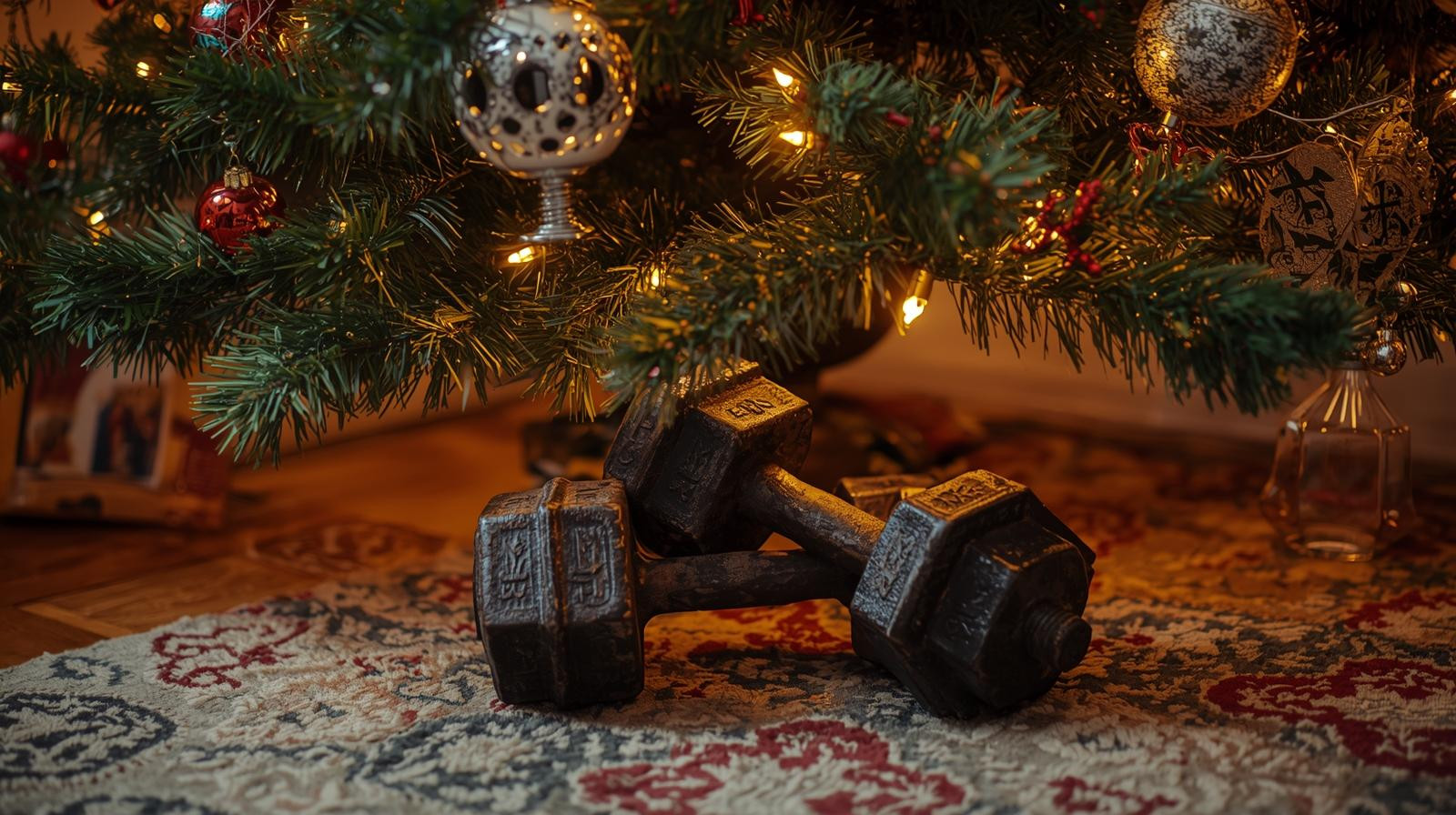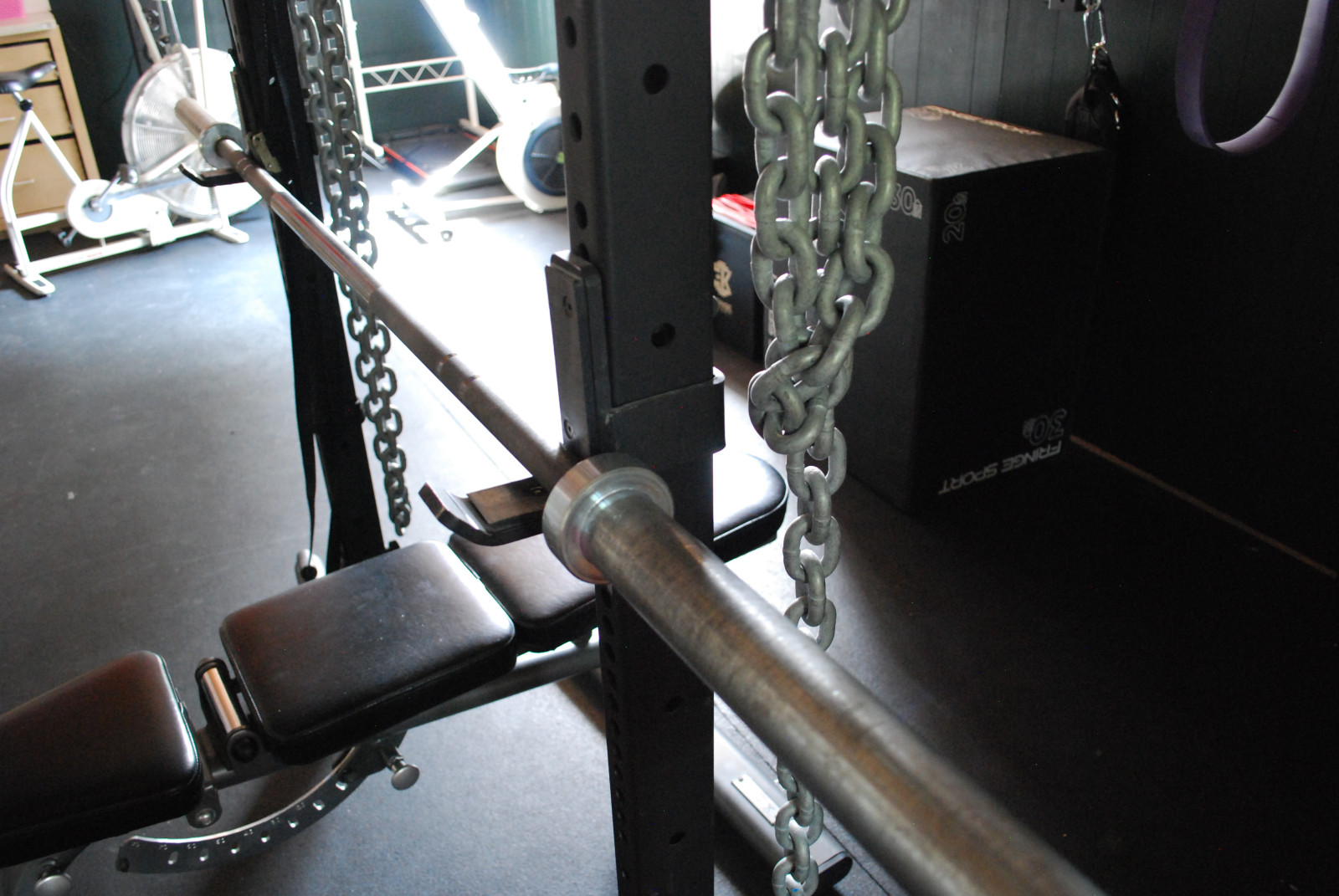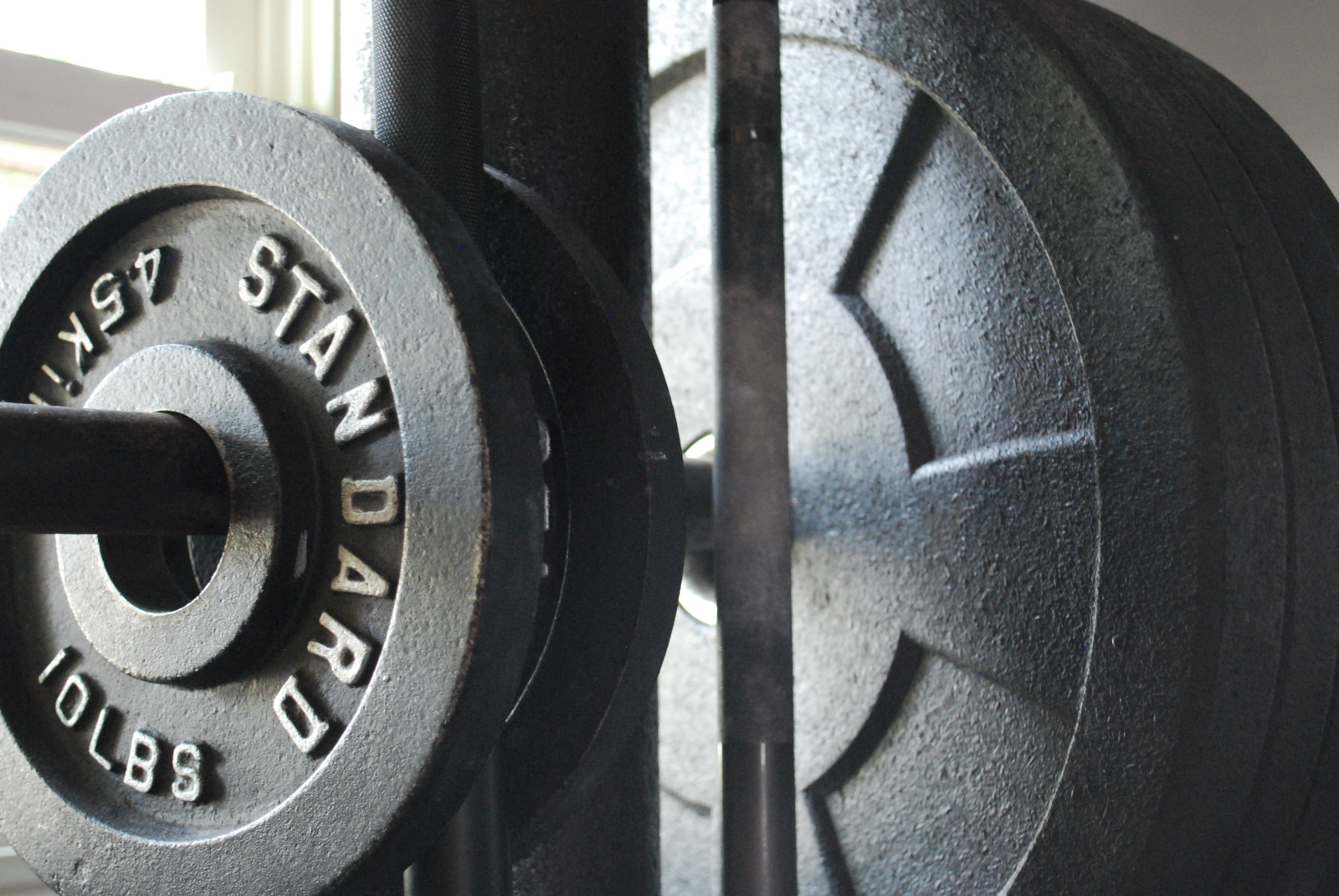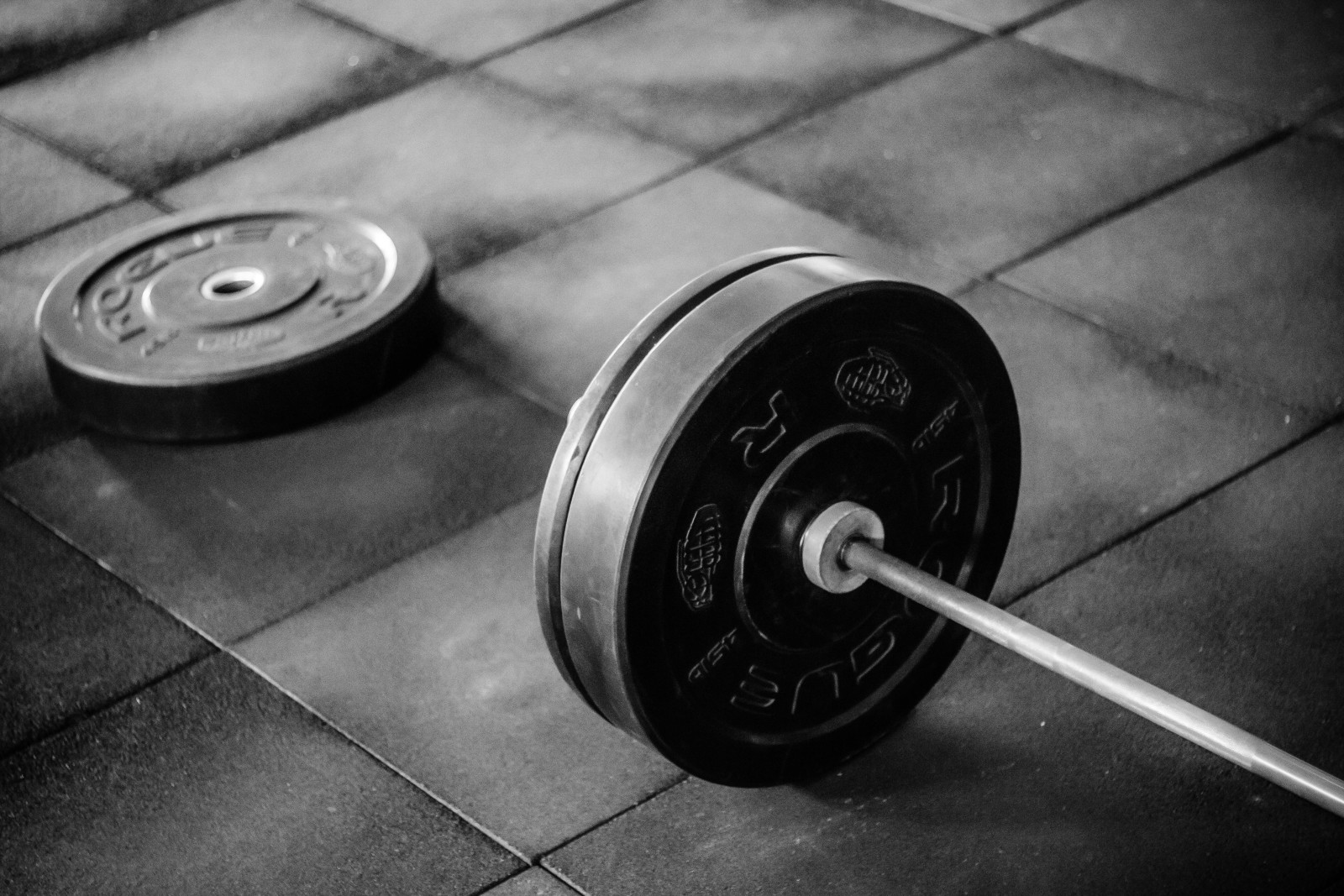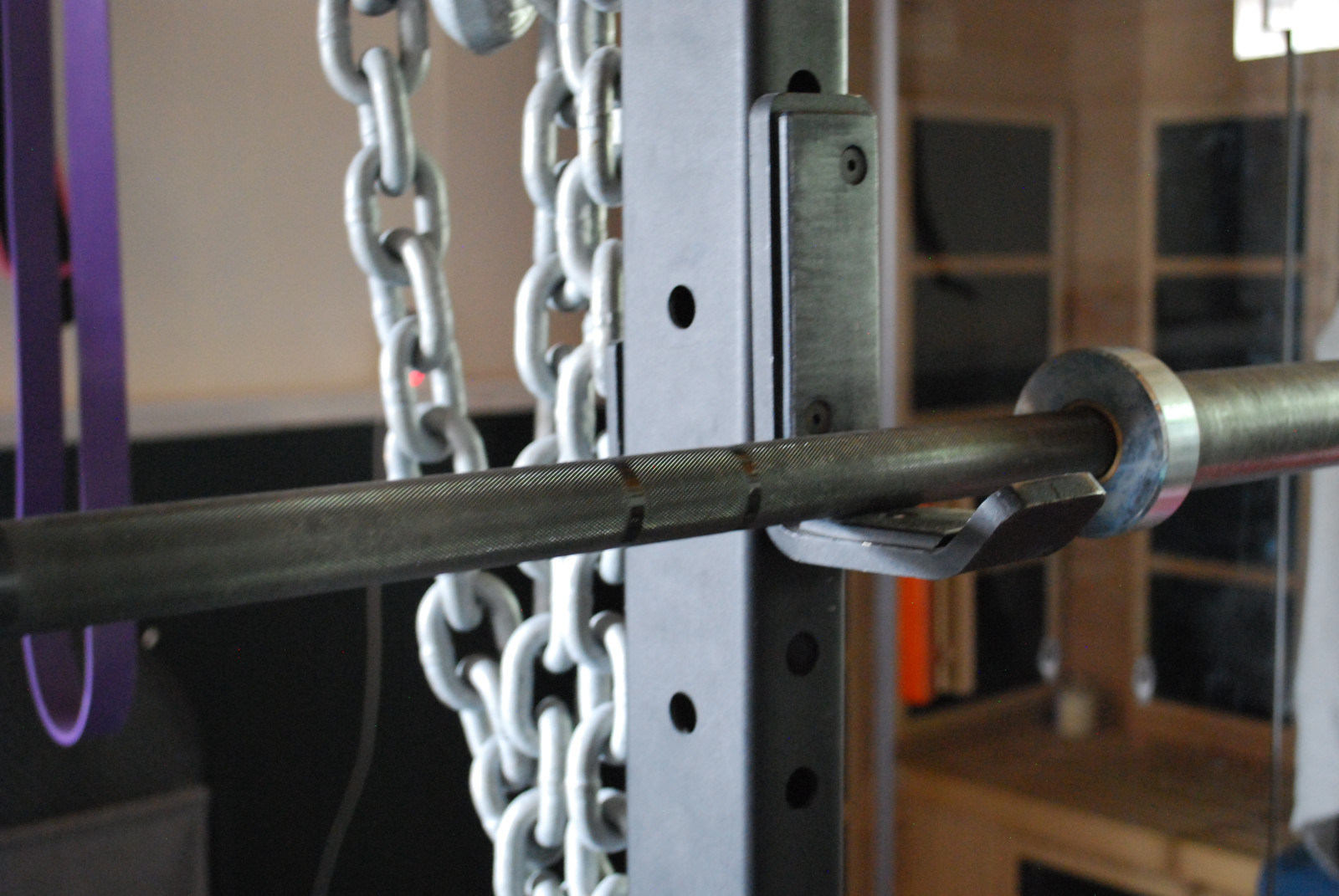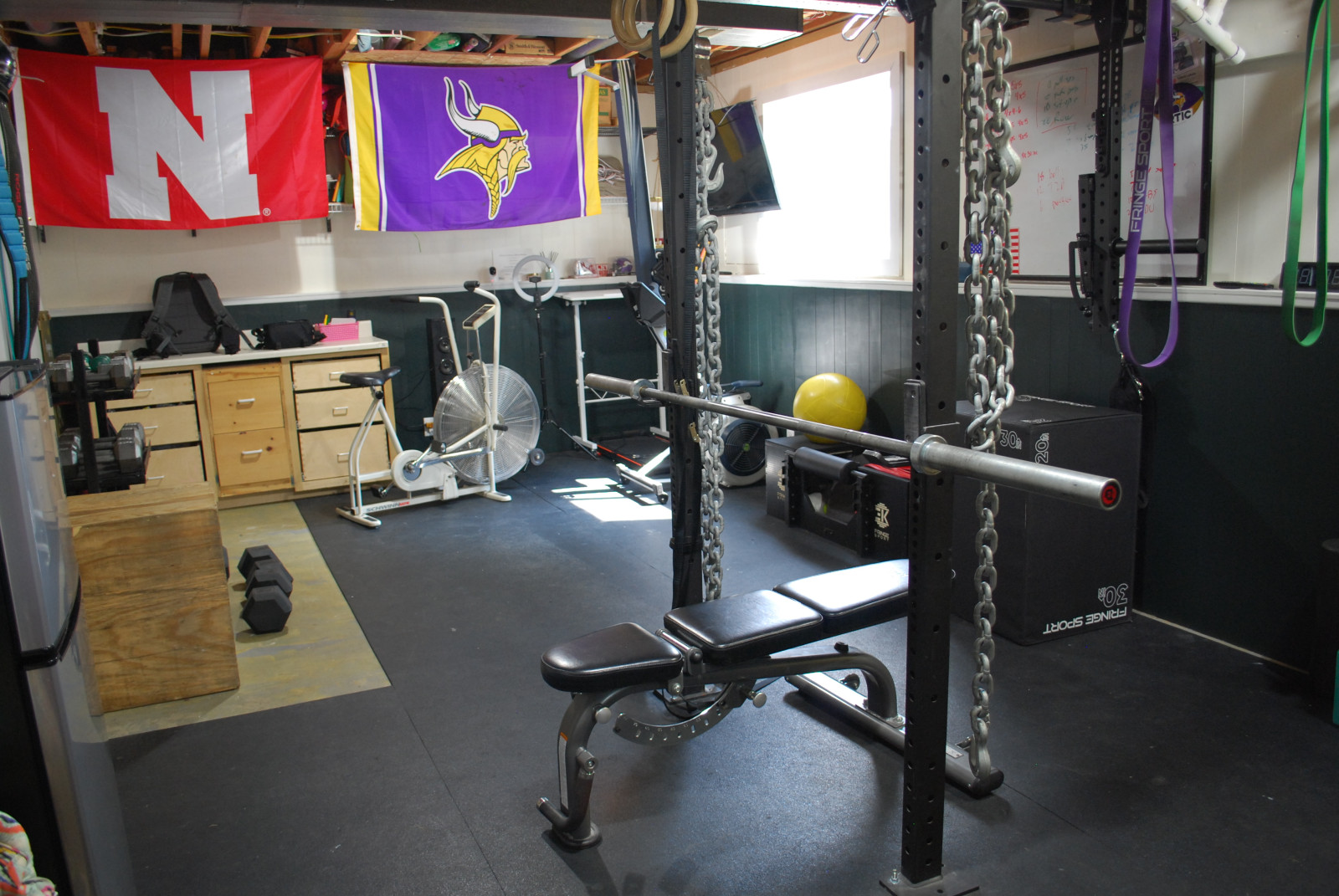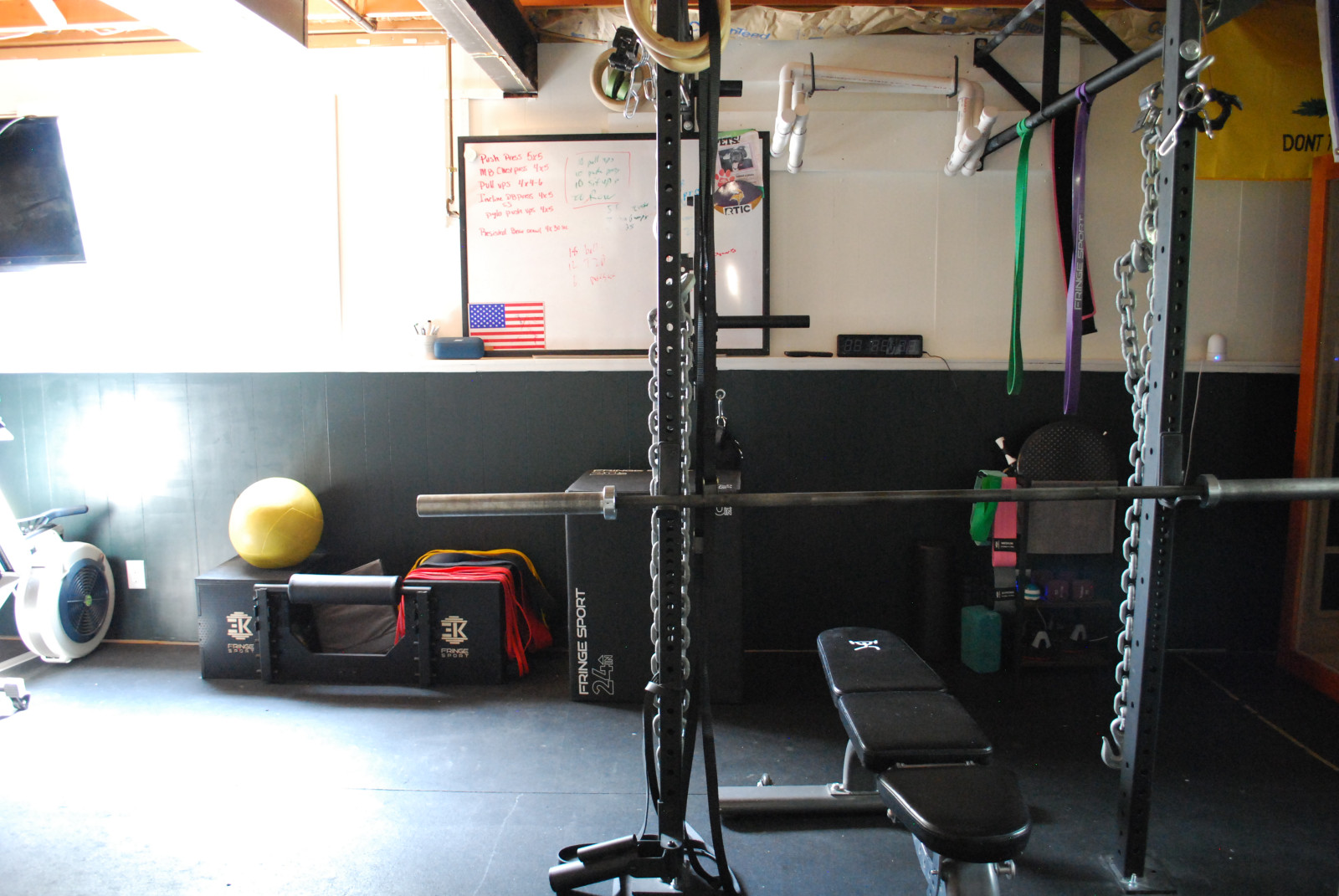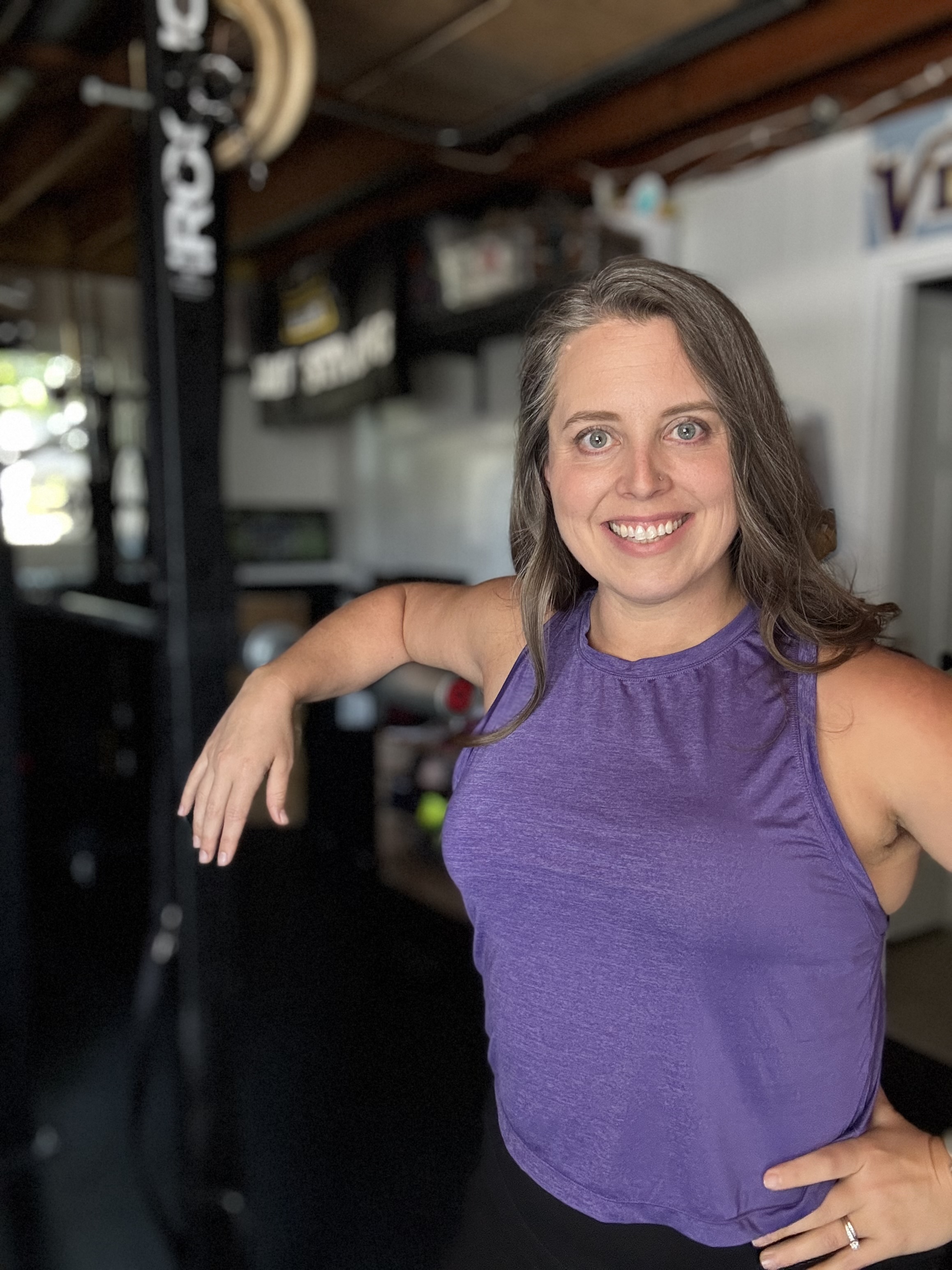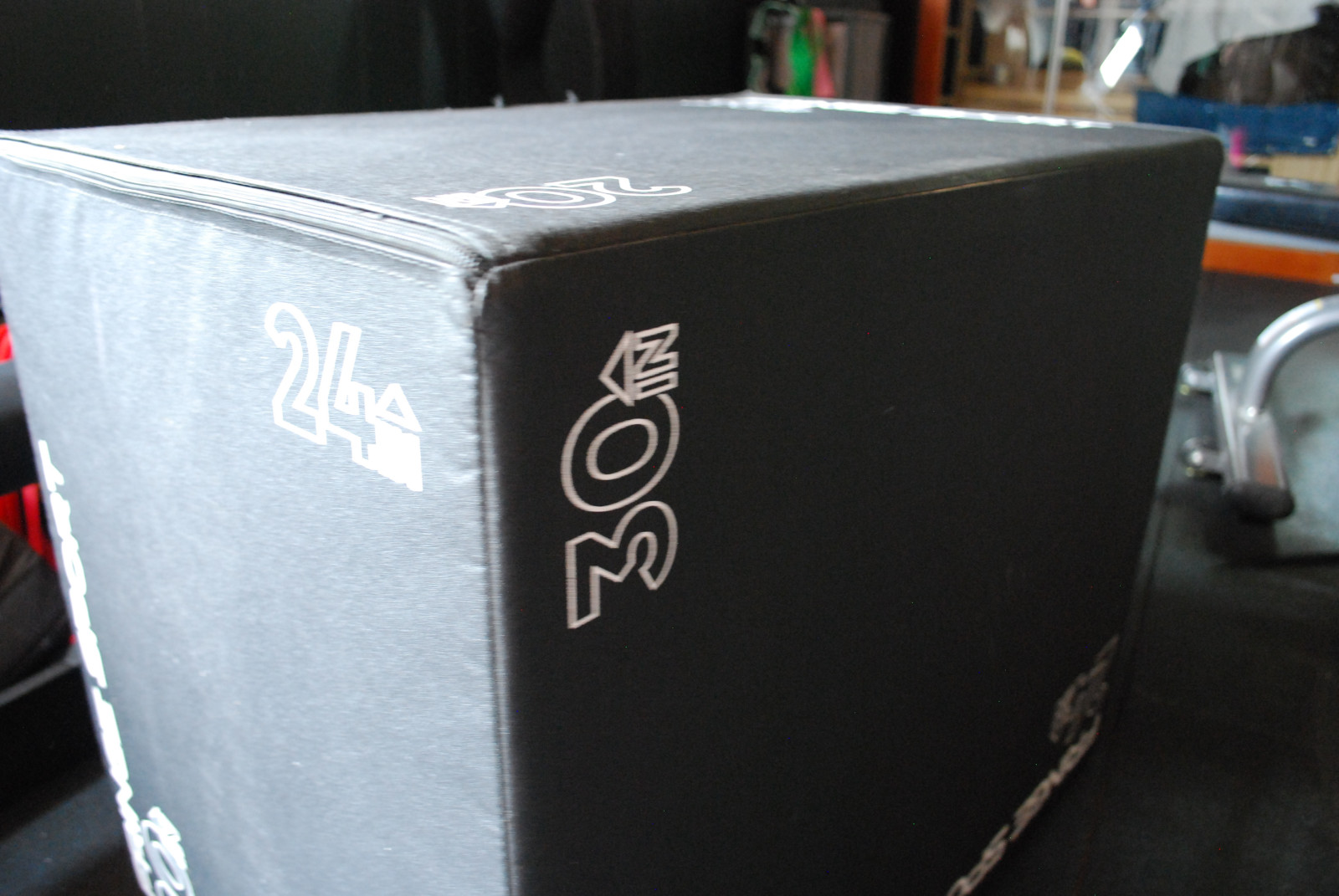
When most women think about getting stronger, they imagine lifting heavy or building muscle, both incredible goals. But there’s another layer of strength that often gets overlooked: power.
Power training isn’t just for athletes or the twenty-somethings doing box jumps on Instagram. It’s for every woman who wants to move with more confidence, agility, and vitality, now and decades from now.
Whether you’re chasing your kids, carrying groceries, or preparing for lifelong strength, power training can help you move better, faster, and with more control.
Let’s break it down.
What Is Power Training?
Power = Force × Speed — it’s how quickly you can produce strength.
In simple terms, strength is your ability to move a heavy load.
Power is your ability to move that load quickly and efficiently.
Power is your ability to move that load quickly and efficiently.
Think of it this way:
- Strength is being able to lift the weight.
- Power is being able to lift it with intent.
For women, this matters deeply not just for performance, but for health, longevity, and independence.
Why Power Training Matters for Women
1. It Helps Preserve Muscle as You Age
As women age, we naturally lose fast-twitch muscle fibers the ones responsible for quick, explosive movement. Research shows that this loss contributes to slower reaction times, reduced balance, and decreased bone density.
Power training helps maintain those fibers, keeping you strong and steady as you age.
Power training helps maintain those fibers, keeping you strong and steady as you age.
2. It Boosts Metabolic and Hormonal Health
Power training demands full-body engagement, which means increased calorie burn, better insulin sensitivity, and improved mitochondrial function.
For women navigating hormonal changes (perimenopause, thyroid issues, or autoimmune conditions), these benefits can be game-changing.
For women navigating hormonal changes (perimenopause, thyroid issues, or autoimmune conditions), these benefits can be game-changing.
3. It Improves Coordination and Confidence
When you train power, you’re training your brain just as much as your muscles. Explosive movement sharpens neuromuscular control, that connection between your mind and body that helps you react quickly and move with confidence.
4. It’s Functional Strength in Action
Life doesn’t always move slowly. You catch a falling toddler, sprint across the street, twist to grab something overhead or "catch" yourself from falling. Power training builds the capacity to handle those “real life” moments safely and smoothly.
What Power Training Looks Like
You don’t need Olympic lifts or high-impact plyometrics to train power. The key is intent, moving explosively and with control.
Here are a few beginner-friendly examples:
Lower Body Power
- Dumbbell or kettlebell jump squats (or bodyweight if you’re newer)
- Medicine ball slams
- Step-up drives (focus on a quick, powerful push through the front leg)
Upper Body Power
- Medicine ball chest passes
- Landmine presses
- Speed-focused push-ups (hands leaving the floor slightly or just driving hard through the press)
Full Body Power
- Kettlebell swings
- Battle rope slams
- Power cleans or dumbbell snatches (for more advanced lifters)
How to Add Power Training to Your Routine
- Start Small.
Choose one or two power-focused movements at the beginning of your workout, when you’re fresh. - Prioritize Quality Over Quantity.
Power work is about intent, not fatigue. Keep reps low (3–6) and rest between sets. - Pair It With Strength Training.
A simple formula: lift heavy for strength, move explosively for power. The combination builds well-rounded capability. - Respect Recovery.
Power training taxes your nervous system. Get adequate rest, sleep, and protein to recover well. - Progress Gradually.
As your coordination and confidence grow, so can your intensity and movement complexity.
Power Training and Longevity
Here’s the truth: strength training builds a strong body.
Power training builds a responsive one.
Power training builds a responsive one.
It’s what keeps you stable when you trip, quick when you pivot, and capable of handling the physical demands of life — long into your 50s, 60s, and beyond.
At Refinery Strength Collective, we teach women how to safely incorporate power training into their programs — no matter their age, experience, or condition. It’s about cultivating strength with purpose.
Final Takeaway
You don’t have to be an athlete to train for power. You just have to care about moving well, aging strong, and feeling capable in your own body.
Power training helps you build that, one intentional rep at a time.
Ready to Train for Power?
Join Refinery Strength Collective for a guided, progressive training plan designed for women who want to move with strength, speed, and grace through every season of life.
👉 Book your free consultation
👉 Book your free consultation




